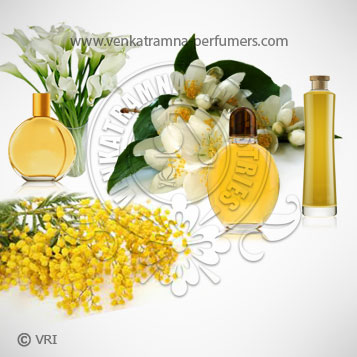
| Botanical Name | Mentha piperita |
| Common Name | THYMOL |
| Country of Origin | India |
| Solubility | Insoluble in water, soluble in alcohol and oils |
| Specific Gravity | 1.130–1.35 @ 20°C |
| Optical Rotation | ( + 10° ) - ( + 25° ) |
| Refrective Index | 1.522–1.590 @ 20°C |
| PlantPart | Leaves |
| Bland With | Paraffin oil. |
| CAS No | |
| Flash Point | ( + 10° ) - ( + 25° ) |
| Extraction Method | Steam Distilled |
We offer Thymol BP/USP/FCC that is a refreshing colourless liquid. It has a mint like refreshing quality and is often used in herbal products. Moreover it is also used in producing wintergreen, antiseptic, disinfectants, origanum and a number of other products. Soluble in paraffin oil, it is insoluble in water.
The Ancient Egyptians used thymol and carvacrol in the form of a preparation from the thyme plant (a member of the mint family), because of their ability to preserve mummies. Thymol and carvacrol are now known to kill bacteria and fungi, making thyme well suited for such purposes. In Ancient Greece, thyme was widely used for its aromatic qualities, being burned as incense in sacred temples. Thyme was also a symbol of courage and admiration with the phrase "the smell of thyme" being a saying that reflected praise unto its subject. Thyme's association with bravery continued throughout medieval times when it was a ritual for women to give their knights a scarf that had a sprig of thyme placed over an embroidered bee. Since the 16th century, thyme oil has been used for its antiseptic properties, both as mouthwash and a topical application. The bee balms Monarda fistulosa and Monarda didyma, North American wildflowers, are natural sources of thymol. The Blackfoot Native Americans recognized this plant's strong antiseptic action, and used poultices of the plant for skin infections and minor wounds. A tisane made from the plant was also used to treat mouth and throat infections caused by dental caries and gingivitis.[13] The crystalline substance thymol was discovered by Caspar Neumann in 1719[clarification needed]. The chemical was synthesized in pure form in 1842 by von M. Lallemand, who used elementary chemical analysis to characterize it by determining the correct ratio of carbon, hydrogen, and oxygen that make up the thymol molecule. Friedlieb Ferdinand Runge also studied the chemistry of this substance. Alain Thozet and M. Perrin first published the crystal structure analysis with the exact determination of the structural atoms.
Color : Colorless, White.,
Aroma : Strong mint candy flavor.
Thymol
The Thymol finds extensive usage in the pharmaceutical industry. Its sharp, refreshing, mint like quality makes it a popular ingredient in different herbal products. It is also used in the preparation of disinfectants and antiseptic and other such products.